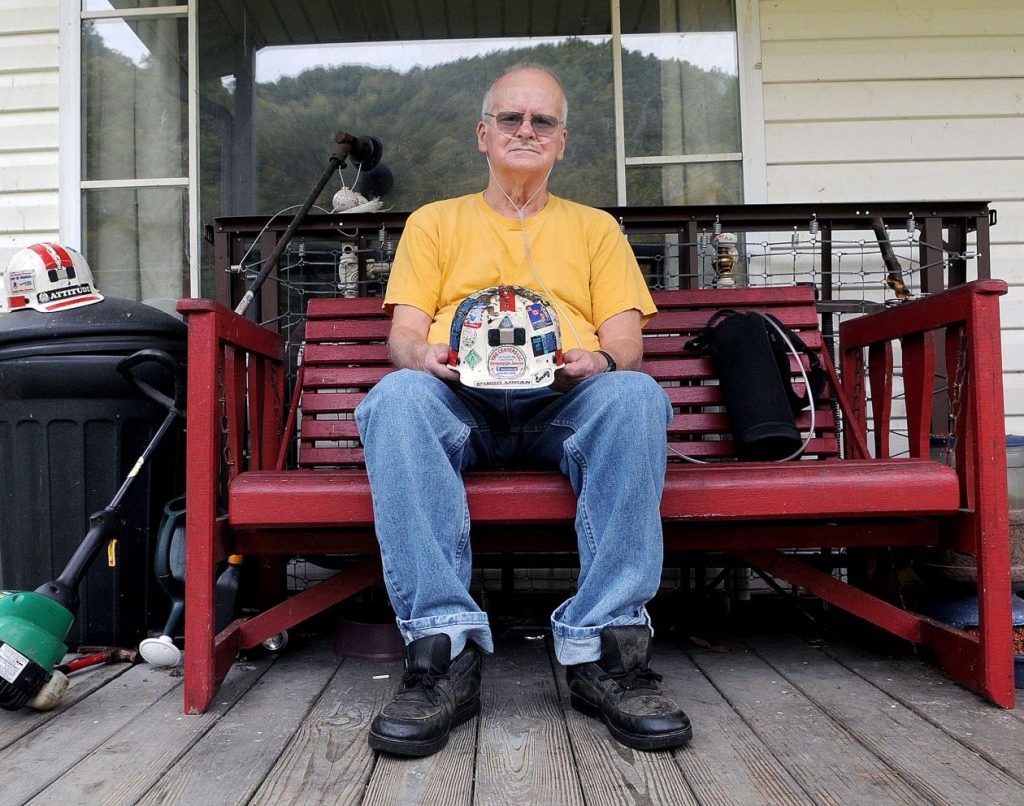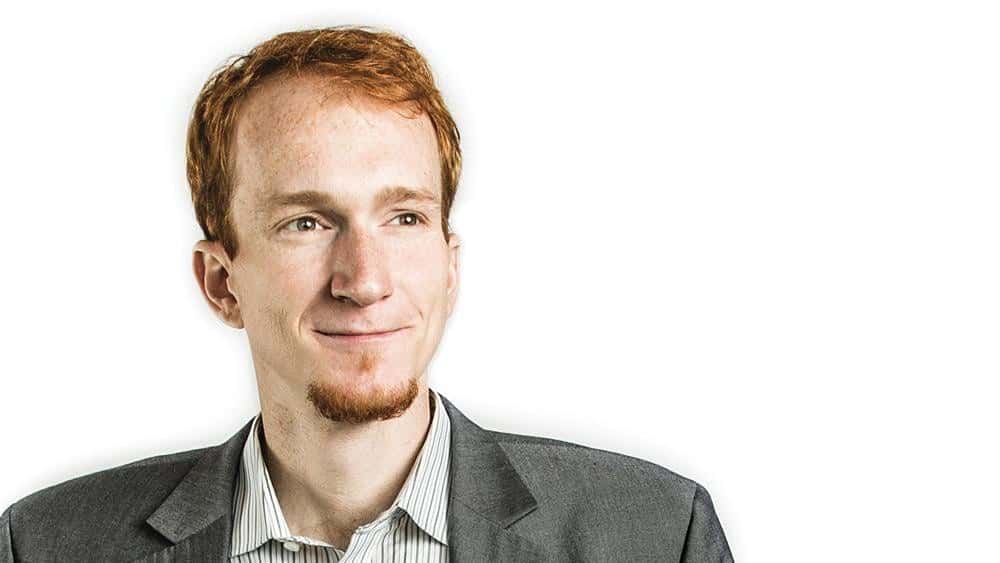Introduction

F. Brian Ferguson/Center for Public Integrity
It is difficult to imagine someone more voiceless or whose suffering is more silent than the Appalachian coal miner.
Drive the meandering roads through the hills and hollows of southern West Virginia, and you’ll glimpse immense beauty pockmarked by crushing poverty. Hidden away here are the men and women who live and die for coal, who spend lifetimes underground and see the fruits of their labors enrich others and deliver cheap energy, who suck in dust and don’t complain as it blackens their lungs and chokes off their breath.
That is where the project “Breathless and Burdened” was born.
I was drawn to central Appalachia in early 2012 by a previous investigative project about a striking resurgence of black lung disease.
Amid my reporting, I encountered pervasive misconceptions about the disease. The first is that black lung is an old man’s illness, a relic of a past era of mining. The second: With coal on the decline, black lung is slowly fading into obscurity.
In fact, after decades of falling disease rates since federal legislation in 1969 forced companies to control the amount of dust in mines, a reversal occurred in the late 1990s. Since then, government researchers have documented an increase in the disease’s prevalence accompanied by the disturbing trend of younger miners contracting more severe cases.
In the first decade of this century, black lung claimed more than 7,400 lives, according to government data. A government epidemiologist described the recent increase in prevalence as “an epidemic.”
Though coal’s dominance has eroded to some degree, more than 85,000 Americans still work to claw it from the earth. The same technological advances that have allowed greater productivity also pose greater risks to miners as powerful machines generate clouds of disease-causing dust.
In recent years, the number of federal black lung benefits claims has been increasing, but miners’ success rate remains low — about 14 percent at the initial level during the 2012 fiscal year.
As I traveled through West Virginia, Kentucky and Virginia for my earlier project, I began to hear stories of injustices in the federal benefits system. These tales continued to come in after the project about the disease’s resurgence was released in July 2012. Slowly, I was drawn into this world of administrative courts and arcane rules that touches thousands of lives each year.
Troubling questions emerged: Were significant numbers of sick and dying miners really being wrongfully denied benefits? And, if so, how could this be happening?
“Breathless and Burdened,” drawing from a year of reporting, begins answering these questions. Our first installment will debut tomorrow. Sign up to receive our email newsletter to be the first to read this project when it launches.


Join the conversation
Show Comments